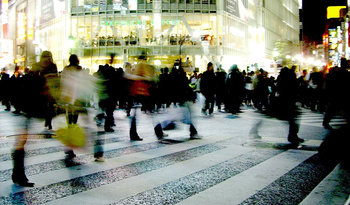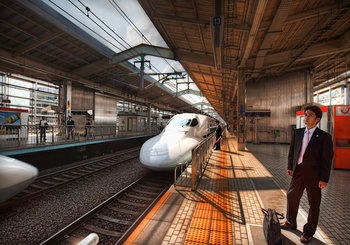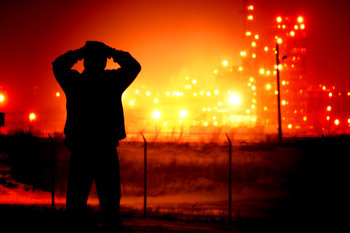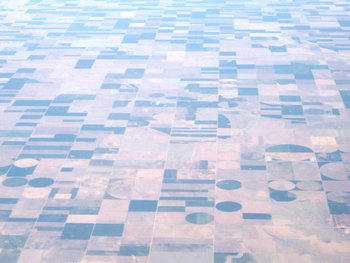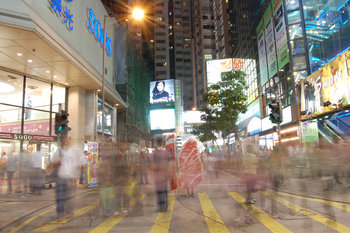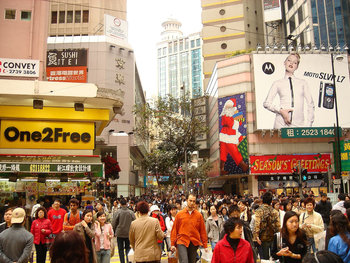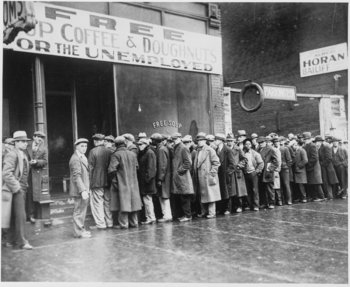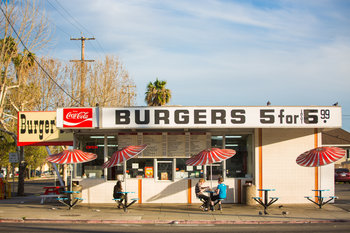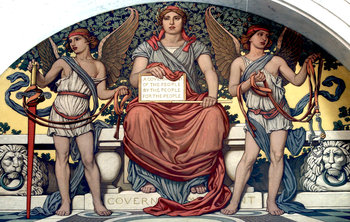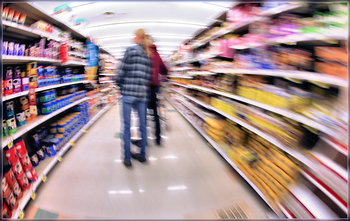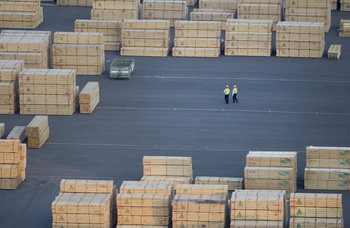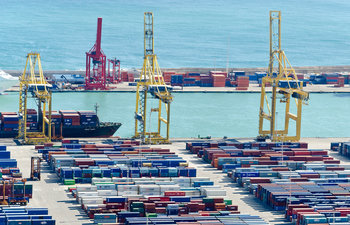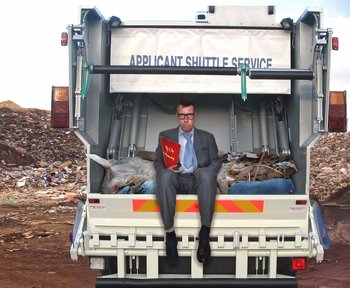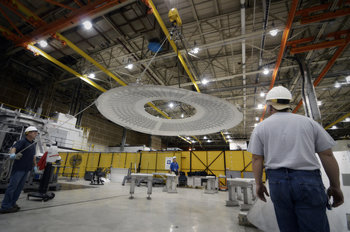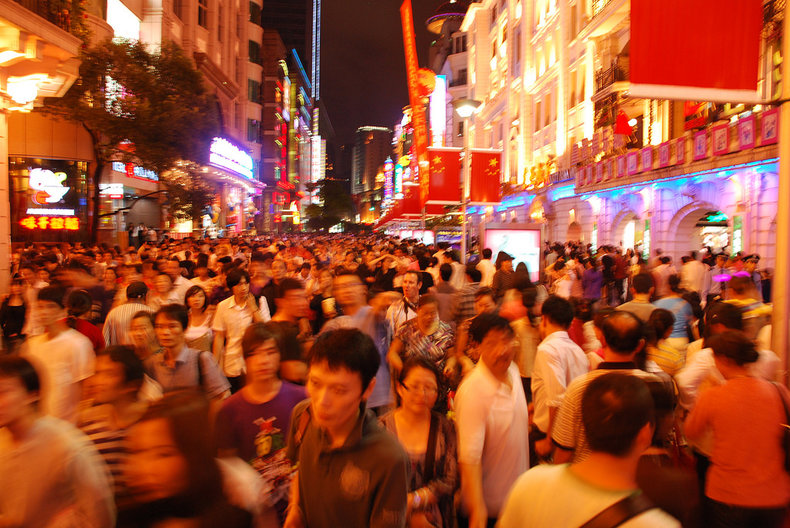
Markets
Markets such as supply and demand in a labor market.Market Failure
Market inefficiencies and failures such as the destruction of common goods due to economic systems that provide no incentive for their preservation.Competition
Conditions for competitive markets such as the impact of monopolies or cronyism on a national economy.Business Cycles
Cycles of expansion and retraction in an economy.Growth
The causes of economic growth or contraction such as economic policy, investment, demographics, technological change and infrastructure.Price Stability
The causes and impact of inflation and deflation.Monetary Policy
Money supply and interest rates and their effect on inflation, economic growth and trust in a currency.Employment
Modeling the causes of unemployment such as structural change to an economy.Goods
Different types of goods and their supply and demand in a variety of market conditions. For example, the effect of a global shift towards a service based economy.Trade
The influence of trade on prices, growth, employment and economic efficiency such as modeling the impact of a trade war.Productivity
Improvements in productivity rates driven by technological change and economic development.Efficiency
The efficiency of the factors of production such as capital and land.Notes
Many of the areas above are also explored by microeconomics. The difference between macroeconomics and microeconomics is about level of analysis not topic. For example, microeconomics might model markets from the perspective of an investor while macroeconomics models markets for an economy as a whole.| Overview: Macroeconomics | ||
Type | ||
Definition | The economics of economies as a whole at the global, national, regional and city level. | |
Related Concepts | ||




